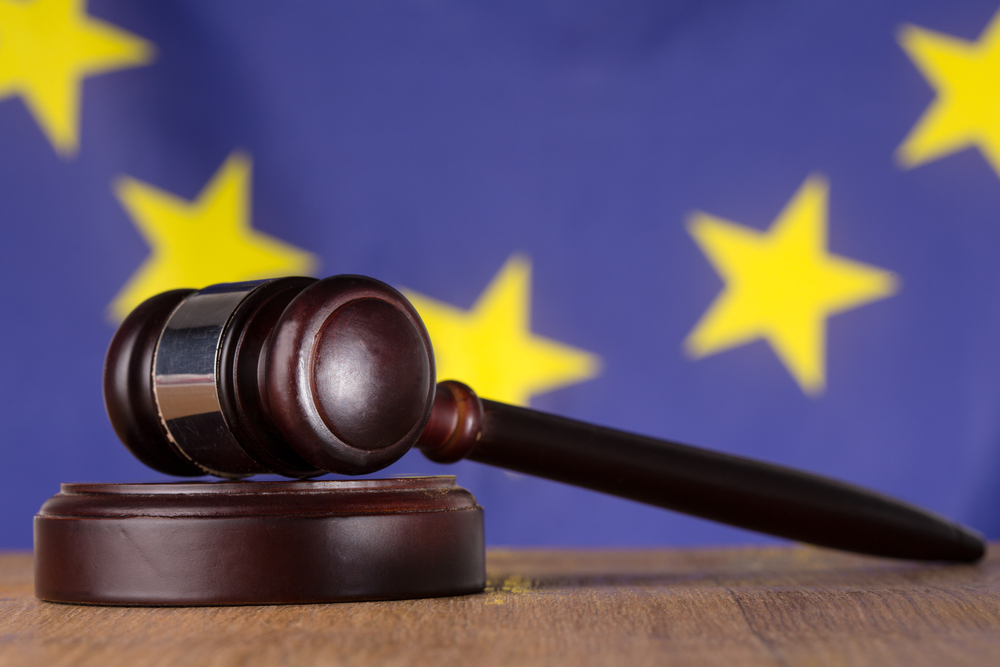What are the Best Practices for Managing Online Reputation?
The internet has given individuals and businesses unprecedented visibility and exposed them to potential risks from negative reviews, social media backlash, and misinformation. To navigate this digital landscape effectively, it's essential to implement best practices for online reputation management.
In this article, we will explore a range of strategies that can help you build and maintain a positive online image, ensuring that your digital presence aligns with your desired reputation. From monitoring your digital footprint to engaging with your audience and staying transparent. Let’s explore the best practices for online reputation management.
Develop an Online Reputation Management Strategy
Developing an effective online reputation management strategy starts with understanding your brand’s image and how it aligns with your goals. The process begins by identifying your audience and their expectations. Analyze consumer insights to understand what drives their perceptions and influences their decisions. Setting clear, measurable goals ensures your efforts are focused and results-driven.
A "crawl, walk, run" strategy is often the best approach. Start small by addressing immediate needs like responding to online reviews and creating basic communication guidelines. As your strategy matures, incorporate advanced tools such as reputation management software and sentiment analysis. These tools help monitor brand mentions, analyze customer sentiment, and manage risks effectively.
Prioritizing tasks is crucial. Begin with online review management, as star ratings and customer feedback directly impact your credibility. Proactively monitoring brand mentions across platforms allows you to identify potential issues before they escalate. Regularly benchmark your performance against competitors to ensure you stay ahead in your industry.
Establishing communication guidelines ensures consistency in tone and messaging. Whether responding to reviews, addressing complaints, or crafting content, maintaining a unified voice strengthens trust and brand loyalty. Risk mitigation is also an essential component; having a crisis plan in place prepares your team to handle negative situations swiftly and professionally.
Measuring the return on investment is vital for refining your strategy. Use metrics like star ratings, sentiment shifts, and social media engagement to assess the effectiveness of your efforts. By combining thoughtful planning, proactive monitoring, and continuous improvement, your online reputation management strategy will protect your brand and foster long-term success.
Step-by-Step Guide: Handling Customer Reviews
Managing customer reviews is essential for building trust and improving your business. Follow these steps to make the process effective and relatable.
1. Encourage Positive Reviews
Use an email marketing campaign for reviews to invite feedback from happy customers. Offer incentives for reviews, such as discounts or loyalty points, to increase participation.
2. Respond to Reviews Quickly
Assign a customer service representative to monitor reviews daily. Use a review management tool to track activity on major review sites like Google or Yelp.
3. Address Negative Feedback
Acknowledge negative feedback politely and empathetically. Provide a resolution to turn unhappy customers into loyal ones. Use customer sentiment analysis tools to identify patterns and improve.
4. Leverage Review Analytics
Analyze trends with review analytics to measure satisfaction and loyalty. Track your net promoter score (NPS) to understand customer loyalty.
5. Monitor Social Media Mentions
Use social media listening software to catch real-time mentions. Engage promptly to maintain customer engagement.
6. Optimize for Long-Term Success
Update your approach based on analytics and feedback. Train your team to focus on customer care and effective review handling.
By using these strategies, you can turn reviews into valuable insights and strengthen your reputation.
Strengthen Your Social Media Presence
A strong social media presence is essential for modern brands. It’s where businesses connect directly with their audience, share their story, and build loyalty. Consistency in messaging is vital to creating a recognizable brand identity across platforms. This involves using a cohesive tone, visual style, and messaging that reflect the brand’s values and goals.
Social media platforms like Instagram, Facebook, LinkedIn, and TikTok offer unique opportunities to engage with different demographics. Brands should tailor their approach to each platform while maintaining core messaging. Paid media campaigns can amplify reach, while earned media—such as user-generated content or influencer endorsements—builds credibility.
Active engagement is key to trust and advocacy. Responding promptly to comments and messages, using pre-approved response templates, and addressing concerns shows that the brand values its community. Social media monitoring tools help track reviews and comments, allowing real-time responses to both praise and criticism.
A clear set of social media guidelines ensures consistency and professionalism across all interactions. Employing a dedicated social media manager or team to oversee these efforts ensures alignment with broader marketing strategies. With strategic use of advertising, influencer partnerships, and genuine interaction, a strong social media presence can drive brand growth and customer loyalty.
Leverage Influencer Engagement
Influencers play a vital role in shaping online reputation and increasing brand awareness. By partnering with individuals who have a loyal following, businesses can tap into new audiences and build trust more effectively.
Choosing the right influencer requires a clear understanding of your brand's values and target audience. Influencers whose content aligns with your message are more likely to create authentic and impactful partnerships.
Start by researching influencers using tools designed for discovery and analytics. These platforms help identify creators who match your industry and audience. Competitors’ influencer strategies can also provide valuable insights into what works in your niche. Once you find the right fit, focus on building meaningful relationships. A well-prepared media kit and a clear influencer marketing strategy ensure seamless communication and set the tone for collaboration.
Effective influencer engagement goes beyond product promotion. Encourage influencers to create authentic, relatable content that tells a story about your brand. This type of influencer-generated content resonates with audiences and drives organic engagement. Measure the success of these campaigns by tracking metrics such as brand mentions, reach, and conversion rates. Consistent evaluation helps fine-tune your approach, ensuring long-term success in reputation management.
Monitor Brand Mentions
Knowing what people say about your brand is essential. Social Listening tools keep you informed about online conversations.
How to monitor brand mentions:
-
Use tools like Google Alerts.
-
Track social media, review sites, and news articles.
-
Identify trends in feedback and adjust your strategy.
Being proactive lets you address potential issues before they escalate.
Plan for Crisis Management
Crisis management planning is essential for protecting your brand's reputation during unexpected challenges. A proactive strategy involves early detection of risks, clear communication with stakeholders, and swift action by a dedicated response team. Working closely with PR specialists ensures consistent messaging and maintains public trust, while effective media communication minimizes negative publicity. By prioritizing risk mitigation and focusing on public perception, you can control your brand image and prevent long-term damage.
Content Creation and Management
Content creation is vital in shaping a brand’s online image by crafting positive, engaging material that resonates with audiences.
Utilizing owned media like blogs, social channels, and websites allows brands to control their narrative and reinforce their identity.
Incorporating strategies like SEO, branded keywords, and link building enhances visibility and trustworthiness, aligning with E-E-A-T (experience, expertise, authoritativeness, trustworthiness) principles.
By focusing on consumer sentiment and maintaining a consistent tone of voice, brands can foster meaningful connections and drive positive online reviews, solidifying their reputation across various content types and platforms.
Measure and Adjust Your Strategy
Evaluate your efforts regularly. Identify what’s working and where you need improvement.
Metrics to track:
-
Customer review ratings.
-
Social media engagement rates.
-
Website traffic and search rankings.
-
Brand sentiment analysis.
Adjust your strategy based on data. This ensures continuous improvement.
Key Takeaways
Managing your online reputation takes effort, but it’s worth it. A positive reputation attracts customers and builds loyalty.
Follow these best practices:
-
Develop a strategy.
-
Handle reviews with care.
-
Engage on social media.
-
Leverage influencers.
-
Monitor brand mentions.
-
Plan for crises.
-
Create quality content.
-
Use technology.
-
Measure and adjust.
You can build a strong and lasting online reputation with consistency and focus.
Need help managing your online reputation? Contact NewReputation today for expert solutions. Protect your brand and build trust with your audience!
Share this
You May Also Like
These Related Stories

CEO Reputation and Corporate Reputation: How They're Connected

Law Firm Reputation Management Strategy


